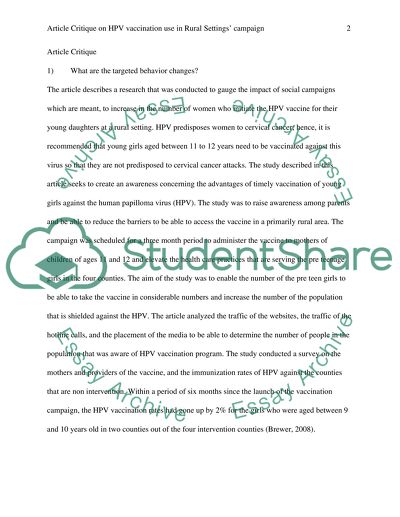Cite this document
(“Article Critique on HPV vaccination use in Rural Settings Research Paper”, n.d.)
Retrieved from https://studentshare.org/health-sciences-medicine/1398056-article-critique-on-hpv-vaccination-use-in-rural-settings
Retrieved from https://studentshare.org/health-sciences-medicine/1398056-article-critique-on-hpv-vaccination-use-in-rural-settings
(Article Critique on HPV Vaccination Use in Rural Settings Research Paper)
https://studentshare.org/health-sciences-medicine/1398056-article-critique-on-hpv-vaccination-use-in-rural-settings.
https://studentshare.org/health-sciences-medicine/1398056-article-critique-on-hpv-vaccination-use-in-rural-settings.
“Article Critique on HPV Vaccination Use in Rural Settings Research Paper”, n.d. https://studentshare.org/health-sciences-medicine/1398056-article-critique-on-hpv-vaccination-use-in-rural-settings.


